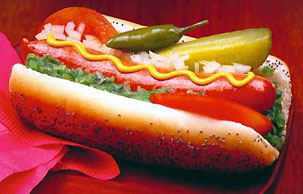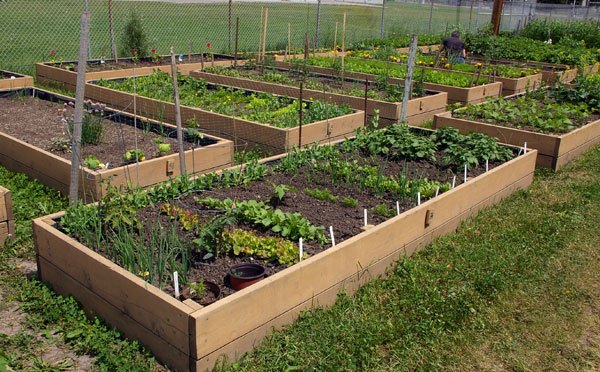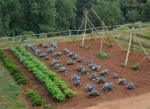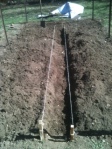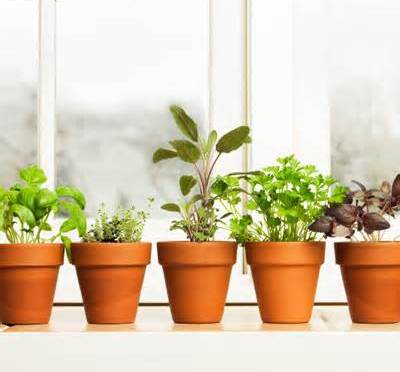
A Reblog | By Paul Lukas | BusinessWeek | Americans spent $1.7 billion on hot dogs last year—and that’s just at supermarkets; it doesn’t count wieners purchased at restaurants and sports facilities or from street vendors. And no day is better for hot dog consumption than the Fourth of July, when Americans are expected to eat about 150 million of them—enough to stretch from Washington, D.C., to Los Angeles more than five times.
While those numbers are impressive, overall hot dog sales are declining. According to figures from IRI, a Chicago-based market-research firm, sales dropped more than 3 percent in 2012 from 2011, following two consecutive years of smaller declines. Figures for this year are looking soft as well. The slump is surprising in light of the sluggish economy—hot dogs are usually considered the ideal recession foodstuff.
Ronald Plain, a professor of agricultural economics at the University of Missouri, offered a few possible explanations for the frankfurter’s failing fortunes. Hot dogs are particularly popular among children, for example, so America’s declining birth rate may be to blame. Changing immigration patterns and demographic profile may also play a role. Janet Riley, president of the National Hot Dog & Sausage Council, a trade group, sees other factors at work. “Higher raw-material costs are leading to higher retail price points,” she says. “Consumers are very sensitive to that.” Ryan Stalker, brand manager for Hebrew National, whose sales are off by 5 percent this year, agrees. “The biggest challenge facing our industry is the rising costs of goods, especially beef prices, over the past few years, which usually translates into softness in sales.”
None of this surprises Josh Ozersky, a food journalist and historian. He predicts the hot dog will become increasingly marginalized as the U.S. palate broadens. “I would be willing to bet that more Americans, and especially younger Americans, now eat nachos or tacos than hot dogs,” he says. But what about the many outlets that serve nachos on hot dogs? “That’s just proof of the desperate state of the hot dog!” he says. “That’s like a middle-aged actress who gets Botox and breast implants to try to stay relevant.”
One brand has bucked the downward trend: Nathan’s Famous (NATH), whose sales are up 17 percent from last year. “Naturally, I think it’s because we have the best hot dog,” says President Wayne Norbitz. “In tough times, if people are going to eat fewer hot dogs, they often choose a premium product. They choose to indulge.” Nathan’s also gets a promotional boost from its annual July 4 hot-dog-eating contest at Coney Island.
The hot dog still has one stronghold: baseball stadiums. Fans can buy everything from sushi to barbecued ribs, but hot dogs remain the top seller at almost every big league ballpark. (The exception: Miller Park in Milwaukee, where sausage is king.) There’s also a smattering of artisanal dog restaurants, such as Bark, in Brooklyn. The owner, Josh Sharkey, bastes his hot dogs with “Bark sauce,” a concoction of smoked lard whipped with butter.
Even Sharkey says it’s not easy being in his line of work. “It’s a pretty tough business model, because it’s based on a low price point,” he says. “So it’s a volume business—you have to sell a lot of hot dogs.”
Image by: Getty Images | | Featured Imaged: by hotdogtruck.blogspot.com
Bloglink: http://finance.yahoo.com/news/why-americans-are-eating-fewer-hot-dogs-173515942.html

